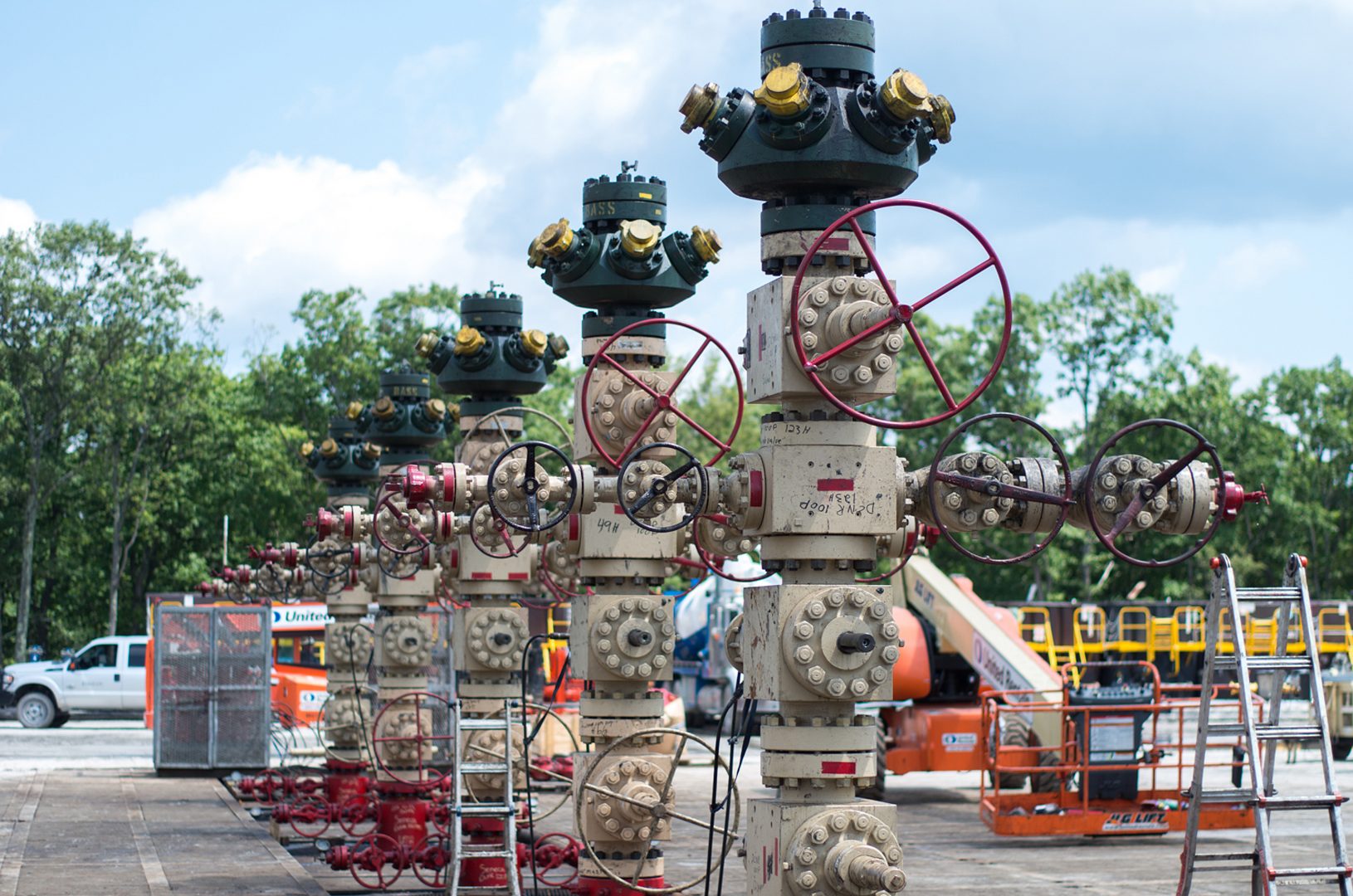
Natural gas wells in Lycoming County, Pennsylvania.
Joe Ulrich / WITF


Natural gas wells in Lycoming County, Pennsylvania.
Joe Ulrich / WITF

Joe Ulrich / WITF
Natural gas wells in Lycoming County, Pennsylvania.
A new online tool aims to provide a library of up-to-date research, outlining the effects of the nation’s shale oil and gas boom.
The Shale Research Clearinghouse (SHARC) was developed by Resources for the Future, a nonpartisan environmental economic think tank.
RFF researchers Daniel Raimi and Alan Krupnick developed SHARC. The database contains about a thousand articles– mostly from peer-reviewed academic journals, accompanied by summaries of the research.
“If you’re a regulator and you wanted to know what the latest studies were on the risk of earthquakes from wastewater disposal, it was very difficult to get that information quickly,” said Raimi. “What we’ve tried to do with this tool is provide a repository to get that information.”
Users can sort the research by topic. SHARC covers three main areas: environmental and public health issues, government regulations, and the socioeconomic impacts of shale development.
“This tool has been designed primarily for regulators,” said Raimi. “But we also think it will be useful for the general public, and we want the public’s feedback.”
Although many of the journal articles remain behind paywalls, access to the summaries is free.
Raimi tackled many of the thorniest questions around the shale boom in his 2017 book, The Fracking Debate: The Risks, Benefits, and Uncertainties of the Shale Revolution.
After years of studying the issue and sifting through data, he believes the good usually outweighs the bad for people who live near shale development.
“For the broader public and U.S. citizens as a whole– every one of us is paying lower prices for energy today than we otherwise would, because of shale development. That’s a clear economic benefit for consumers,” he said. “The flip side of that: when energy costs less, people use more. Therefore, emissions such as carbon dioxide and methane increase, and you have the climate damage, which is very important to study and evaluate.”
StateImpact Pennsylvania is a collaboration among WITF, WHYY, and the Allegheny Front. Reporters Reid Frazier, Rachel McDevitt and Susan Phillips cover the commonwealth’s energy economy. Read their reports on this site, and hear them on public radio stations across Pennsylvania.
(listed by story count)
StateImpact Pennsylvania is a collaboration among WITF, WHYY, and the Allegheny Front. Reporters Reid Frazier, Rachel McDevitt and Susan Phillips cover the commonwealth’s energy economy. Read their reports on this site, and hear them on public radio stations across Pennsylvania.
Climate Solutions, a collaboration of news organizations, educational institutions and a theater company, uses engagement, education and storytelling to help central Pennsylvanians toward climate change literacy, resilience and adaptation. Our work will amplify how people are finding solutions to the challenges presented by a warming world.